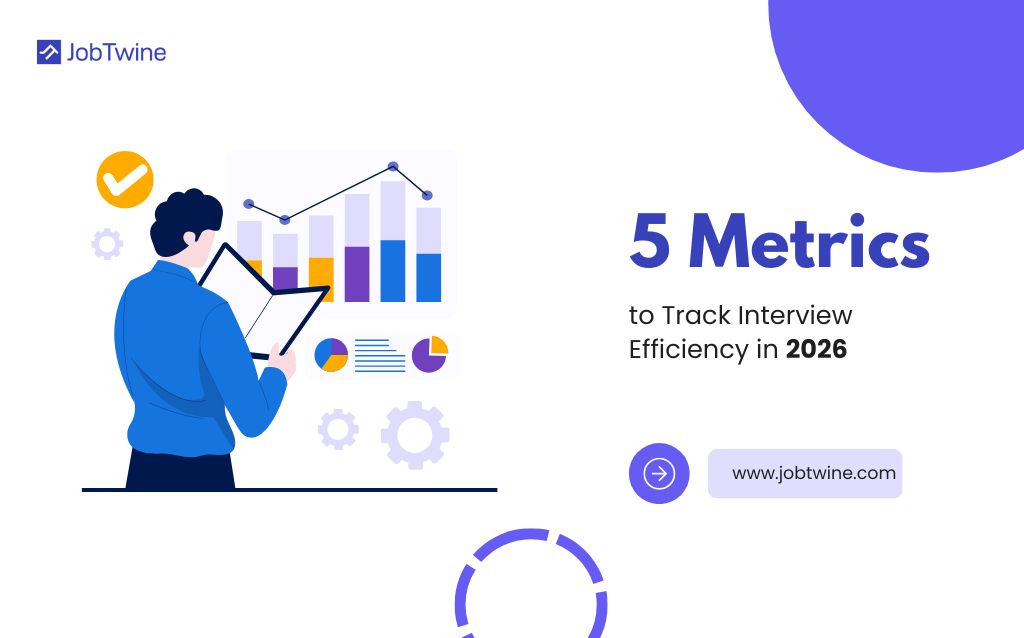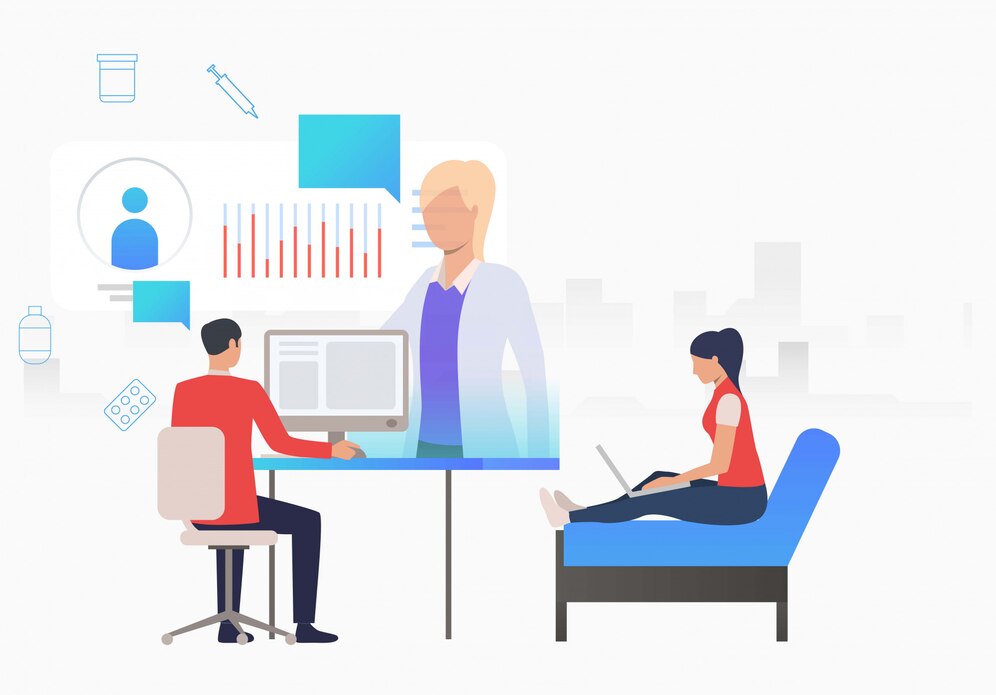In 2026, the smartest recruiting teams won’t just run interviews, they’ll measure them.
Recruitment efficiency has entered a new era. With the rise of AI Interview copilot, companies are finally able to track, analyze, and improve interviews with data, not just gut feel.
But the question is: what exactly should you measure to ensure your interviews are working for you (not against you)?
Here are the 5 key metrics that will define interview efficiency in 2026 and how you can use them to save time, improve quality, and hire faster.
1. Interview-to-Hire Ratio: Are Your Interviews Truly Productive?
Let’s start with a fundamental question: how many interviews does it take to make a single hire?
If your recruiters are conducting 40 interviews to close one role, something’s broken. A healthy benchmark in 2026 (especially for tech roles) is around 10–15 interviews per hire, depending on the role complexity.
This metric directly shows how efficiently your process identifies qualified talent.
How to Improve This Metric:
- Use technical interview outsourcing to ensure every candidate screened is truly skilled before your team invests time.
- Introduce structured interview scorecards to standardize evaluations.
- Review drop-off rates between each round, if too many candidates are rejected late, your early screening needs work.
Pro Tip: JobTwine’s Interview-as-a-Service (IaaS) platform allows companies to offload technical screening to domain experts, cutting irrelevant interviews by up to 40%.
2. Interview Cycle Time: How Long Does It Take to Complete One Interview Round?
In 2026, speed is currency. Candidates expect seamless experiences and top tech talent is often off the market in 10 days or less.
If your interview rounds stretch out for weeks, you’re losing great candidates to faster competitors.
What to Measure:
Track how long it takes from scheduling to feedback for each round. The interview cycle time gives you insight into process bottlenecks, whether it’s interviewer availability, coordination delays, or slow feedback loops.
How to Improve It:
- Use an Interview Outsourcing partner to handle scheduling, coordination, and execution.
- Automate reminders for feedback and scoring.
- Empower interviewers with tools that consolidate assessments and feedback in one dashboard.
Why It Matters:
A shorter cycle time = better candidate experience + reduced offer dropouts.
3. Interviewer Utilization Rate: Are You Using Internal Talent Efficiently?
Your internal engineers’ time is one of your most expensive resources. Every hour spent interviewing is an hour not spent coding, debugging, or shipping features.
So, one critical efficiency metric is Interviewer Utilization Rate, i.e., how much time your technical team is spending in interviews vs. their core work.
The Ideal Range:
For most mid-sized tech companies, internal interviewers shouldn’t spend more than 10–15% of their total time in interviews.
What’s Happening in 2026:
More companies are shifting to technical interview services to offload the first 1–2 rounds, especially coding and system design assessments.
This lets internal leads focus only on final cultural or strategic evaluations, improving productivity and morale.
4. Candidate Experience Score: How Are Candidates Feeling About Your Process?
Interview efficiency isn’t just about speed, it’s also about experience.
You could run lightning-fast interviews but still lose top talent if the experience feels robotic or confusing.
That’s where Candidate Experience Score comes in, typically measured through post-interview surveys or follow-up NPS (Net Promoter Score).
What to Ask Candidates:
- Was the interview process clear and timely?
- Did the interviewer seem well-prepared?
- Did you feel your skills were assessed fairly?
- Would you recommend others to apply here?
Why It’s Critical in 2026:
In an AI-driven hiring landscape, authenticity and empathy stand out. Candidates expect transparency, timely communication, and personalized feedback, all of which can be automated intelligently using platforms like JobTwine’s Interview-as-a-Service.
Improvement Tips:
- Send structured feedback automatically after interviews.
- Use video-based formats that humanize the process.
- Avoid over-assessment, two to three rounds are enough for most roles in 2026.
Fun Fact: Companies that scored above 80% on Candidate Experience saw 25% faster offer acceptances (JobTwine internal data).
5. Assessment Accuracy: Are You Selecting the Right Talent for the Role?
Finally, the most important metric, how accurately your interviews predict real-world performance.
If 40% of your “strong hires” end up underperforming after onboarding, your interviews aren’t truly effective, they’re just procedural.
How to Measure It:
- Compare candidate interview scores with their post-hire performance ratings (after 3-6 months).
- Track which question types or assessments best correlate with job success.
- Audit rejected candidates, were there false negatives (great candidates who slipped through)?
The 2026 Standard:
Smart companies now use AI analytics to track interview-to-performance correlation. Platforms like JobTwine automatically map interview results to later productivity outcomes, giving hiring leaders clarity on what works and what doesn’t.
How to Improve Accuracy:
- Replace subjective interviewer opinions with data-backed evaluation rubrics.
- Standardize questions across interviewers.
Use technical interview outsourcing providers trained in role-specific competencies (Frontend, Backend, Data, DevOps, etc.).
Ready to Make Your Interviews Efficient, Scalable, and Data-Driven?
If you’re still juggling multiple rounds, inconsistent panels, and hours of coordination, it’s time for a smarter approach.
JobTwine’s Interview as a Service solution combines expert-led assessments with AI-driven insights, ensuring:
- Faster hiring cycles
- Objective and fair evaluations
- Reduced interviewer fatigue
- Enhanced candidate experience
Related Reads:
How Interview-as-a-Service Handles Technical Assessments



